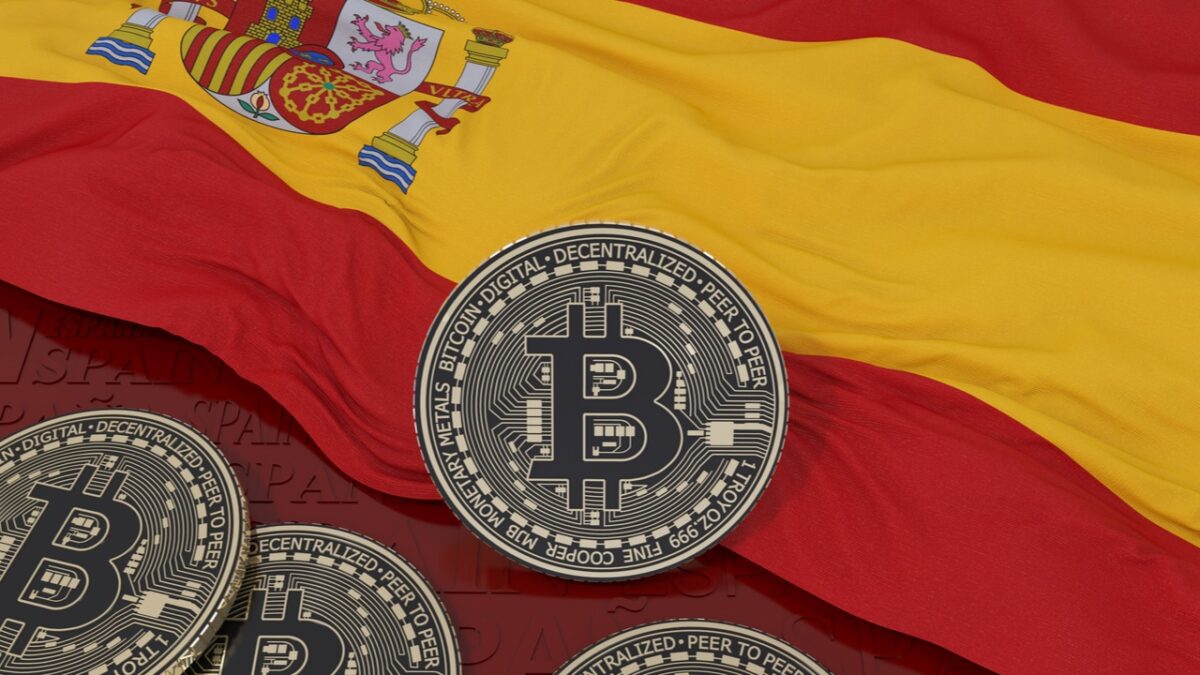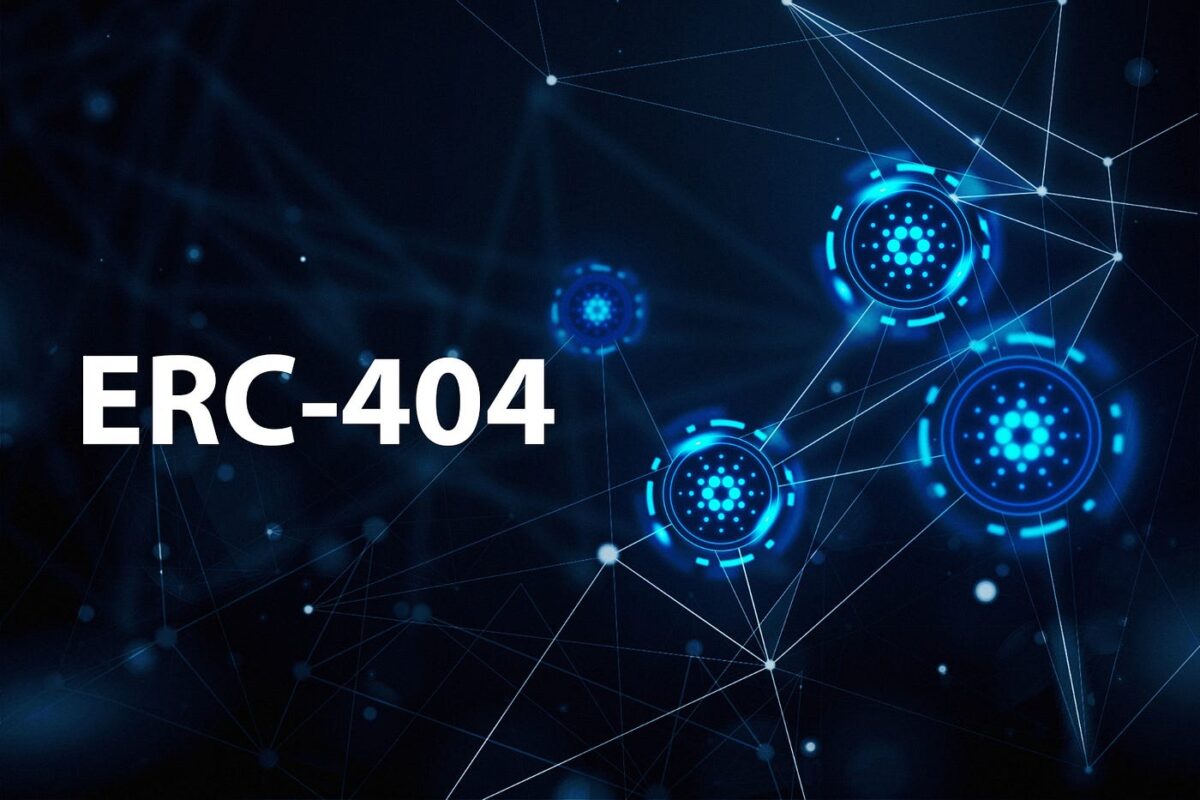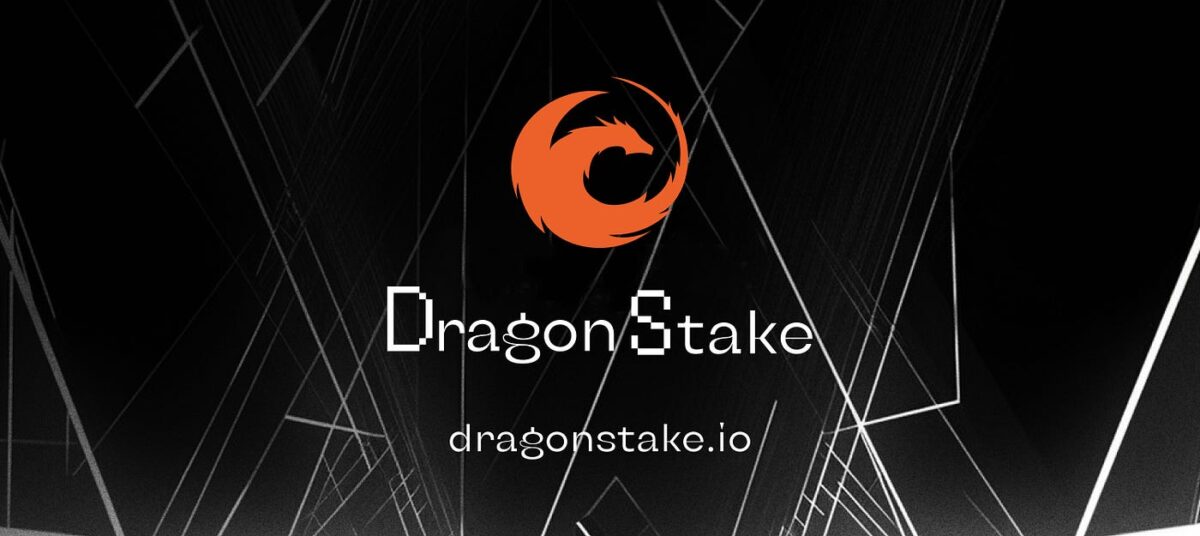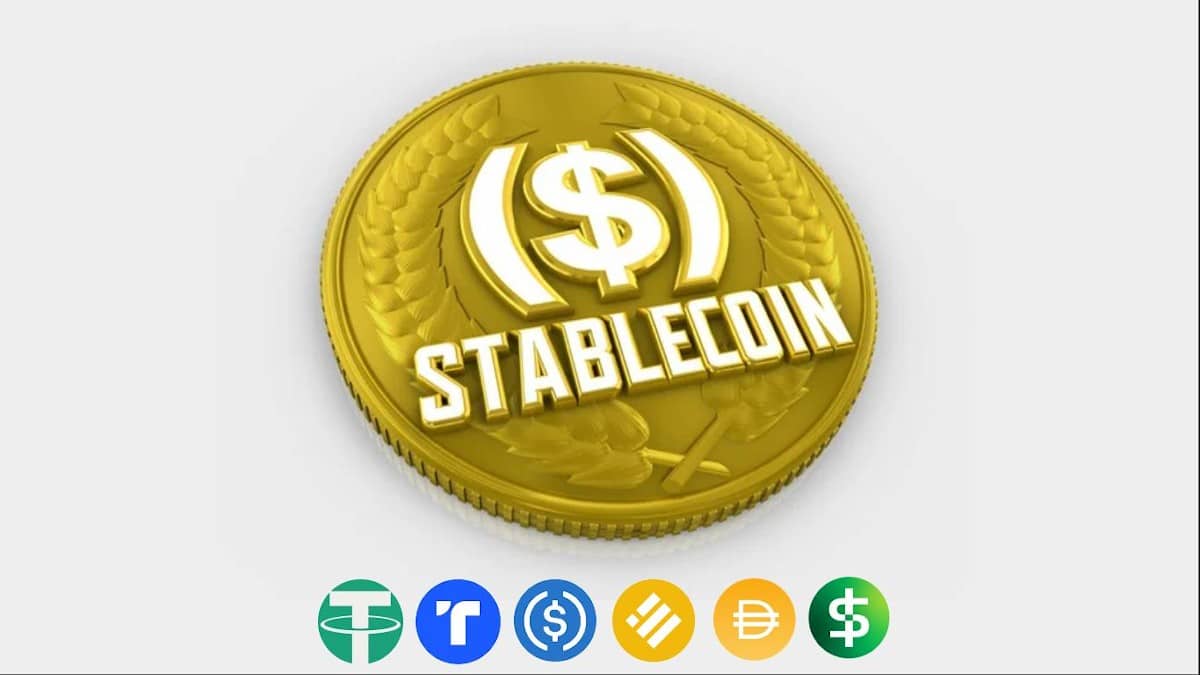
In our previous post about the Stablecoins (Stable cryptocurrencies) we address the fundamental concept that gives them life and their reason for being. And of course, we gave examples of some of the best known and used worldwide. In addition, mentioning them made it clear that they are not all necessarily the same, as is also the case with most of the other Altcoins. Reason why, today we will delve a little more into the existing “types of stablecoins” and their characteristics.
And of course, since they are all anchored to the fixed value of something, this something, is that point that determines what type they are. For example, most have their value anchored and their guarantee funds backed in a fiat currency, such as the American dollar. while others Few use the Euro or others, and have funds in them as collateral. Also, there are those anchored and supported by other cryptocurrencies or commodities, among others.
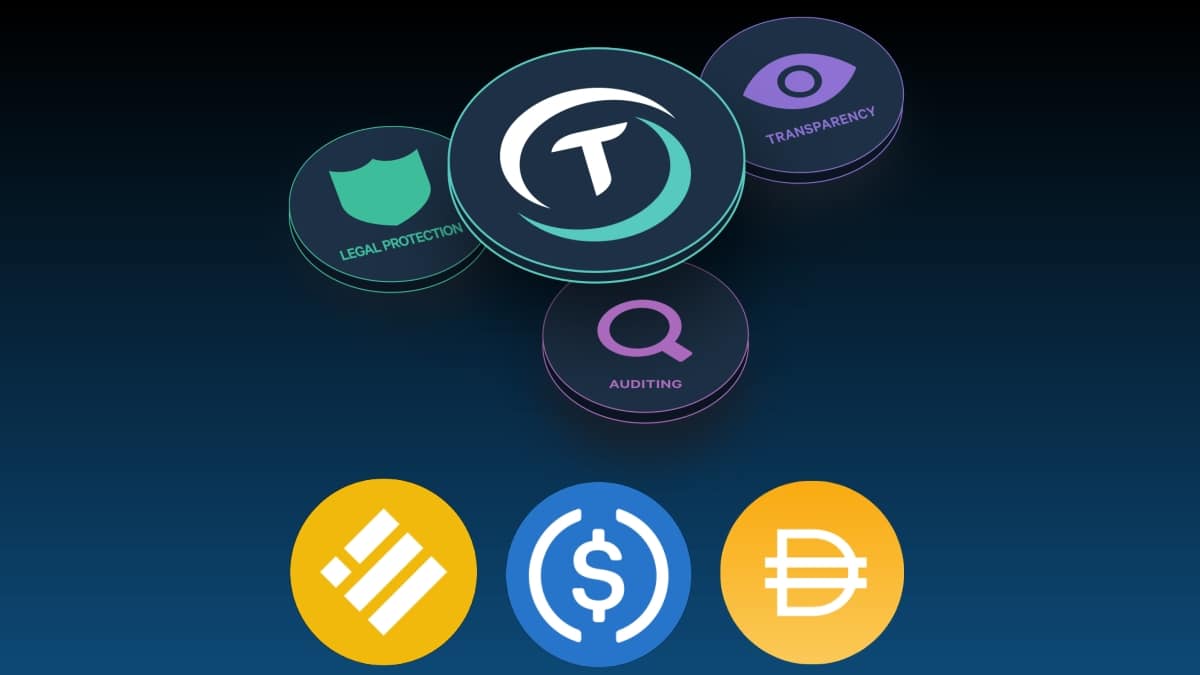
However, before continuing with the current topic on the «types of stablecoins » and its characteristics, we recommend some of our previous related posts with that topic, for later reading:


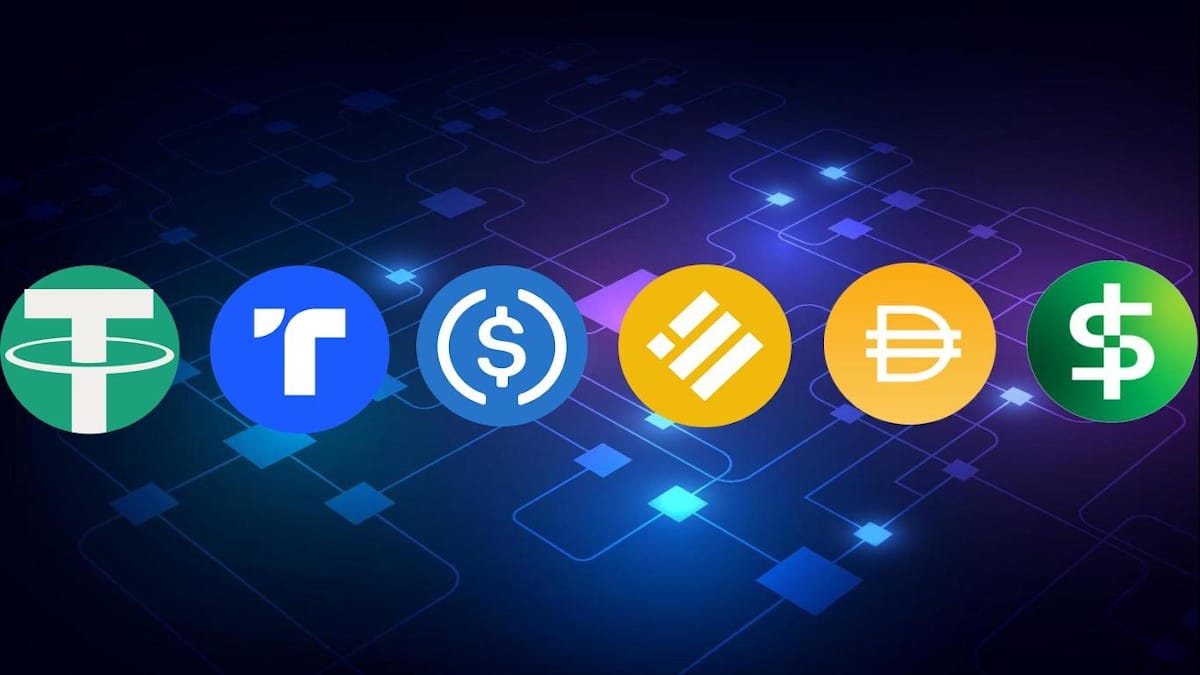
Types of Stablecoins: Existing Stable Cryptocurrencies
What types of stablecoins exist and what are their characteristics?
As we stated at the beginning, the types of stablecoins They are established based on the type of support they have. Therefore, the types of stablecoins Currently existing are the following:
Stablecoins backed by fiat currencies
This type of Stablecoins is the one to which the majority belongs, therefore, it is the most common. These are usually backed 1:1 in some fiat currency, as usual, The U.S. dollaras USD Coin (USDC). Although, there are also others based on euros such as Euro Coin (EUROC), Japanese yen, and other popular hard currencies.
Furthermore, this means that for each token (complete unit of a crypto asset), should exist in custody (in a guaranteed and auditable way) its equivalent in said fiat currency. And, preferably protected in a solid and well-known Bank or by a company specialized in this field.
And although, on the one hand, it is great to be able to count on these types of stable crypto assets that serve as a kind of bridge and safe place between cryptocurrencies and fiat currencies existing. Since they allow a simple, easy and safe way to start crypto-investments, without facing the risks related to the natural volatility of the most used cryptocurrencies.
One cannot completely rule out, on the other hand, the fact that, as users or crypto investors it's usually really hard know with absolute certainty, if the issuer of said stablecoins really have the funds in reserves. Unless renowned banks or companies serve as guarantors through audits that demonstrate their periodic veracity.
Examples: Tether (USDT), USD Coin (USDC), Paxos Dollar (PAX), True USD (TUSD), and Binance USD (BUSD).
Cryptocurrency-backed stablecoins
This type of stablecoins is usually considered the next most common type, since they make use of funds in other stronger cryptocurrenciesas bitcoin, ethereum or others, to keep their tokens stable. And so, offer a stable parity Regarding the value of a fiat currency determined. Reason why, the management (issuance, control and operation) of these crypto assets are usually based on the use of smart contracts.
Therefore, this type of stablecoin is characterized by being “trust-minimized”, that is, they mitigate the need for trusted third parties. And consequently, the monetary politics related to the tokens of said Stablecoins, are settled by user votes in a own governance system. Which, eliminates the need to rely on a central issuer, favoring the existence of a large number of issuers, who act in favor of the interests of all users of the ecosystem.
Therefore, for new tokens of said stablecoins to be issued, they must be deposit funds in certain cryptocurrencies within a Smart contract. In such a way that if you want to recover the collateral (deposited funds), you must return the stablecoins to the smart contract built with the specified interest. The conditions (rules) of this process and others will depend on each system of each Stablecoin. Although, basically everything boils down to a combination of game theory with on-chain algorithms, to a greater or lesser extent, keep the price stable.
Examples: DAI (DAI), Celo Euro (CEUR), Euro Coin (EUROC).
Commodity-backed stablecoins
This type of stablecoin is usually rare, because it is based on the support through raw materials. which must be converted to physical assets that must be physically stored, such as gold, diamonds, oil, or other minerals, metals or materials such as food or non-perishable and high-value materials. Reason for which, the issuer or guarantor of the token is assumed to be the one who will safely store the tangible asset.
On the one hand, this again leaves us with the problem that we must trust a third party, which will guarantee the guarantee funds, through something more complex to verify than funds in a bank. While, on the other hand, you are usually a better investment than those anchored 1:1 with a fiat currency. Since, for example, 1 Token anchored to a fraction of Gold, can be seen revalued over time, if said precious metal increases its medium and long-term value.
Examples: Digix Gold Tokens (DGX), Pax Gold (PAXG), CACHE Gold (CGT), Tiberius Coin (TCX), SwissRealCoin (SRC), and Petro (PETRO), an unusual Venezuelan token.
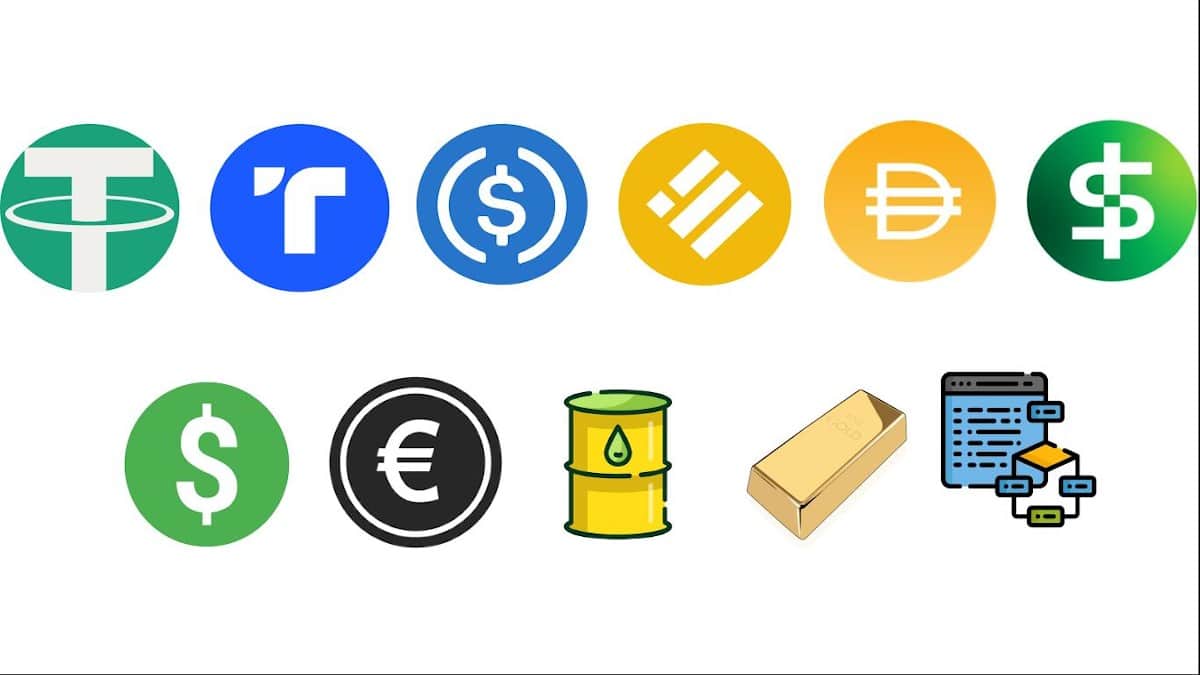
Other types of stablecoins
- Based on a mixed backup: With funds in fiat currency, cryptocurrencies and real physical assets.
- Based on an algorithmically generated backup: Where in general, a seigniorage mechanism (Seigniorage Shares) and Smart Contracts are used that act as a Central Bank, in order to raise and lower the price, by burning or issuing tokens, as determined by the offer and market demand. For example: Ampleforth, Fragments, Carbon and Kowala.
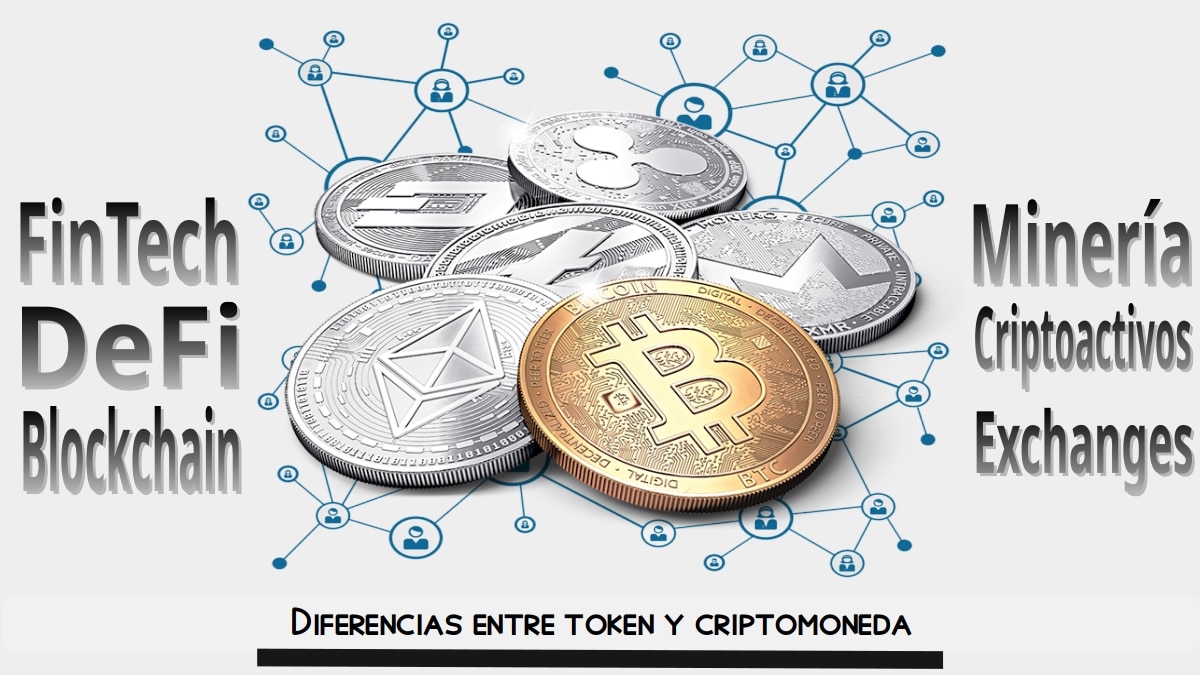

Summary
In short, and as we can see, after the birth of bitcoin and the revolution that this has brought to our lives, an endless number of digital currency alternatives based on Blockchain and DeFi technology. Being the Stablecoins one of the last to arrive, and to be welcomed by a significant portion of the crypto investors, above all, to secure your funds from the high market volatility and to be able to manage them more easily within the traditional market.
And surely, as we are seeing, this will lead sooner or later to some of these types of stablecoins, are officially accepted (government), and then in the creation of the digital versions of the Central Banks, of their respective fiat currencies.

